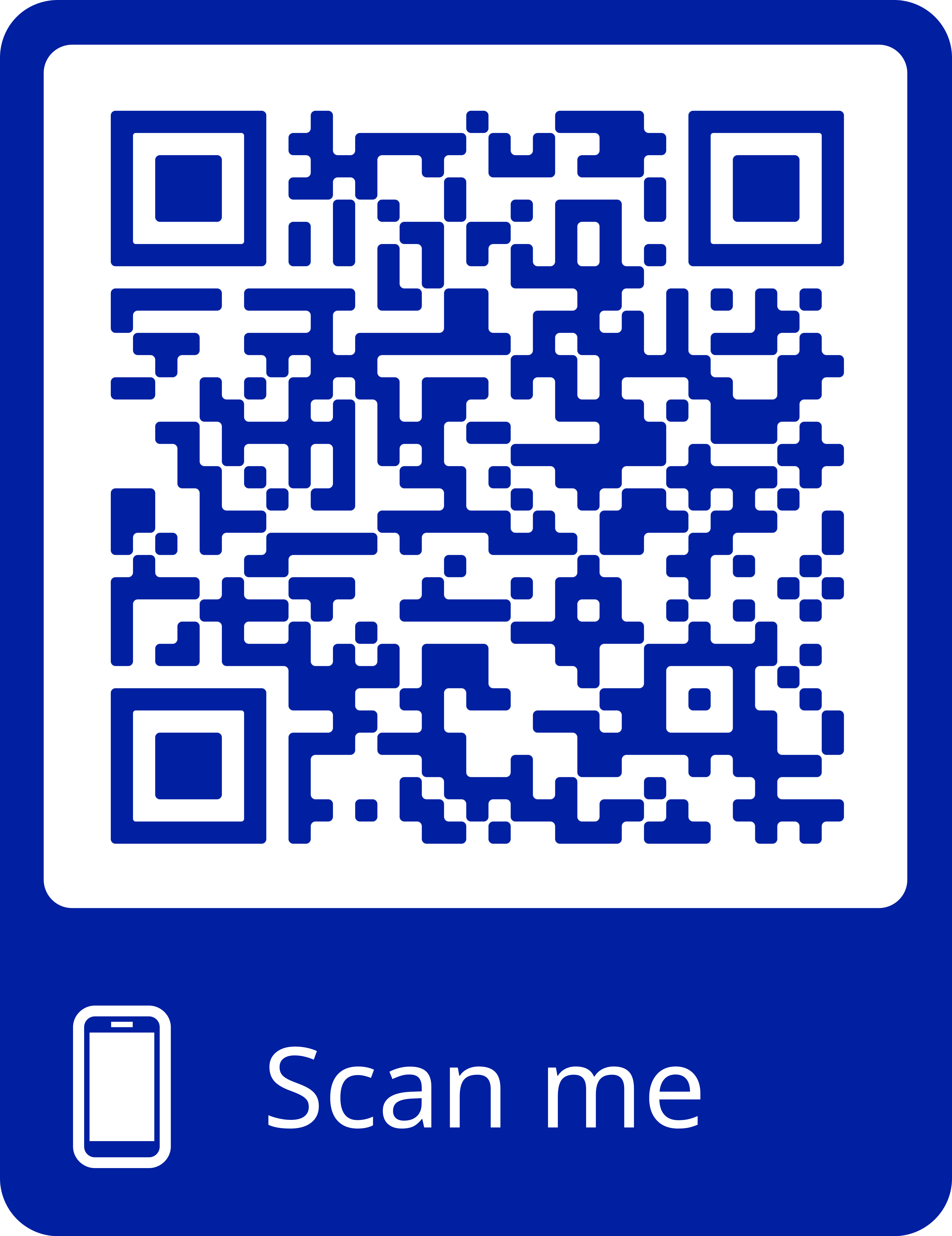- Reference Number: HEY1155/2020
- Departments: Ophthalmology Department, Orthoptic
- Last Updated: 28 December 2023
Introduction
This leaflet has been produced to give you general information. Most of your questions should be answered by this leaflet. It is not intended to replace the discussion between you and the healthcare team, but may act as a starting point for discussion. If after reading it you have any concerns or require further explanation, please discuss this with a member of the healthcare team.
What is Nystagmus?
Nystagmus is an eye condition which causes constant, involuntary eye movements. The eye movements may be side to side, up and down, in a rotary (circular) motion, or a combination of these.
What is the cause of nystagmus?
There are two main types of nystagmus: congenital or acquired. Some children develop nystagmus within the first few months of life. This is called “infantile” or “congenital” nystagmus and can occur when areas of the brain responsible for controlling eye movement and processing visual information do not develop correctly. Congenital nystagmus can also occur in association with a range of eye conditions such as cataract (cloudy lens inside the eye), inherited conditions that affect the optic nerve or retina, or in some cases there is no identifiable cause known as ‘idiopathic’.
Acquired nystagmus can be caused by damage to areas of the brain responsible for eye movements such as stroke, or due to an accident. It can also be acquired due to interactions with certain medications or alcohol.
Can this impact vision and why do I need to attend appointments?
Nystagmus causes the vision to be reduced compared to normal levels. How much the vision is affected can be dependent on the underlying cause and can vary considerably from individual to individual.
In congenital nystagmus the diagnosis can often be made at a very early age, the appointments with the Eye Clinic Team will allow an assessment of your child’s level of vision and will also allow investigations of the cause of your child’s nystagmus. Often children with nystagmus remain under the care of the Eye Clinic Team for a number of years in order to monitor and support your child. There is no cure for nystagmus but the Eye Care Team will identify any management options that may help.
In acquired nystagmus there is a need to monitor and investigate the underlying medical cause. Assessing the eye movements can help the medical team identify this as well as help and give advice on how to make the most of your vision.
Can there be any complications or risks?
Children with congenital nystagmus can often appear to cope well as they have grown used to having a reduced level of vision. They may naturally become more cautious around stairs and ledges. However it is important to ensure younger children have plenty of support to prevent falls or injury. A discussion with your Eye Care Team may help you identify and find solutions for any risks at home or at school.
Those with acquired nystagmus must be wary of obstacles as they adapt to the wobbling of vision. Some may find their vision is better or worse when looking in certain directions. Your Eye Care Team may give you personalised tips for coping with your nystagmus.
How can I help if my child has nystagmus?
Please read this information leaflet. You may wish to share the information with others involved in the care of your child such as your partner/family/school teachers so that they can be of help and support. Nystagmus can differ between children so advice is often personalised. Below are some general tips which can be further discussed at your appointment.
- Children with nystagmus often have a ‘null point’. This is a position children hold their head in to achieve their best level of vision. This should be encouraged as it makes seeing a bit easier for your child. Your child’s teacher should be aware of this and may want to position your child’s seat in class accordingly to make the most of it.
- Some children with nystagmus may want to hold things very close to see, as the nystagmus movement may lessen the closer an object is. Again this should not be discouraged.
- You may notice you child needs longer to see or read things as the constant movement of their eyes means that they have less time to focus. Extra time and regular breaks may be beneficial.
- A qualified teacher for visual impairment may provide support with play, development and education.
- Some children may qualify to be registered sight impaired. You may wish to discuss this with your eye care team.
Should you require further advice on the issues contained in this leaflet, please do not hesitate to contact the Orthoptic Department on telephone: (01482) 816605.

